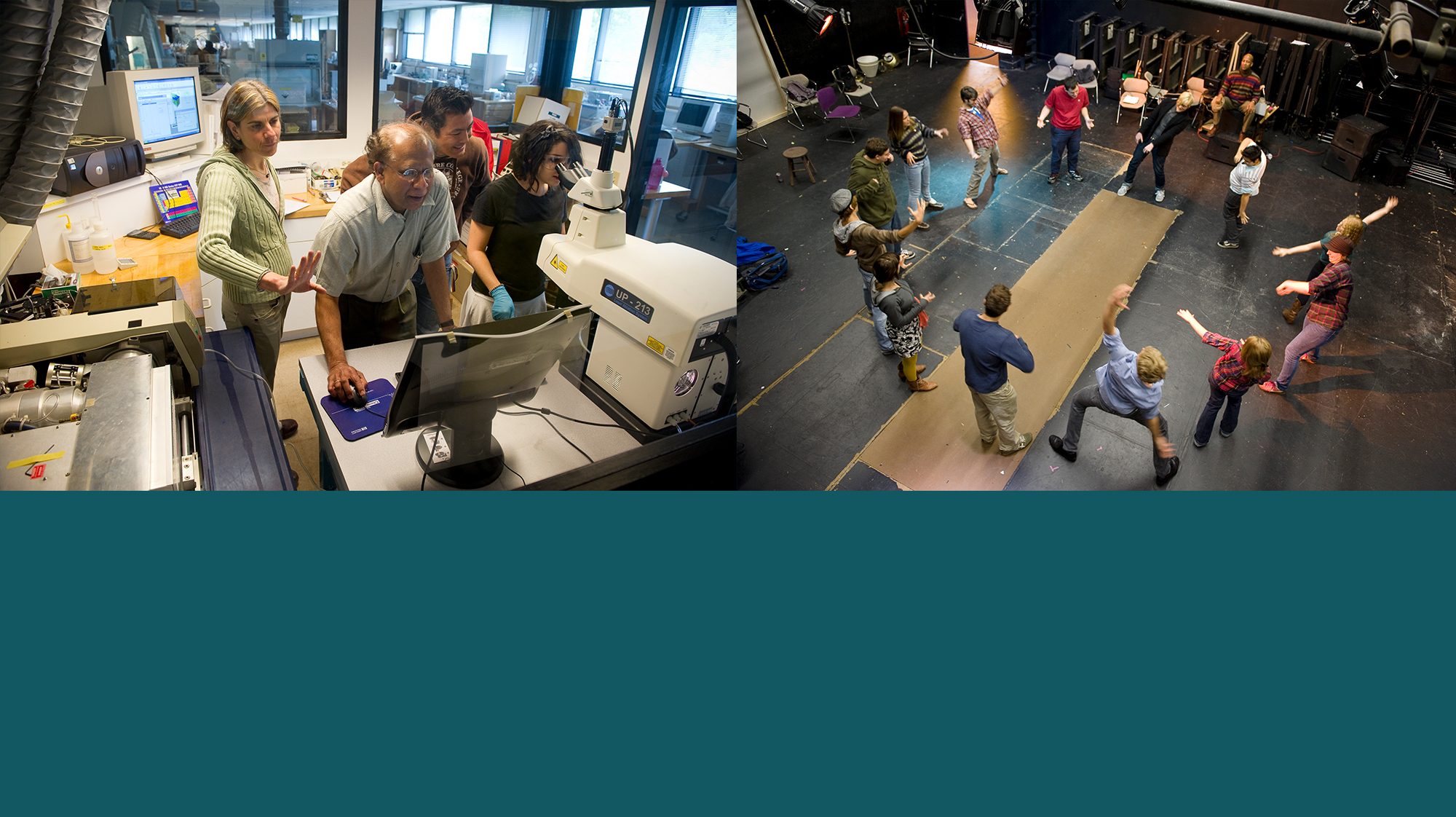Division II – The Division II academic program page describes the requirements for students.
Please make sure your students know about the div2athamp blog. You might find it useful too!
Visit the Guidelines and handouts for advising in Div II Page
Your colleagues have created guidelines for what makes for a good Division II.
Visit this page to download these handouts. Feel free to use and adapt any of these handouts and consider the integrating the practices into your Division II advising.
Consult the CASA Division II page for updated guides and calendars.
New Pilot for Div II chair selection for Fall 2013 entrants – Please discuss this new process in your school meetings and follow the suggested meeting schedule to ensure the success of this exciting pilot program.
Some ideas for discussing the requirements with students:
Students generally complete 4 semesters of work (12-16 or more evaluated experiences that rise to the level of a course) that includes coursework, internships, global experiences, evaluated learning activities, etc. They are asked to make sense across these experiences to answer their questions and to gain skills and abilities that help them reach their goals and that prepare them for Division III. They demonstrate their work in a portfolio – often in a binder, though more and more students and faculty are considering e-portfolios.
Thinking across experiences and making sense of them is the task of Division II. Integrating thinking across experiences is new to most students. Let them know that it is not always easy and that It is enhanced by doing any or all of the following:
- Keeping a portfolio as you go along
- Writing journal entries at the end of each semester about where you are in your thinking and how each course contributed (these entries can be used later in your retrospective)
- Looking at your course evaluations at the end of a semester to think across the experiences and see what you still need to work on
- Meeting with your chair or committee at the start of each semester to talk about your focus and what has happened to your thinking since you last wrote your contract.
- Revising your contract as you go along if it has shifted
What is the Community Engaged Learning – 2 about?
Students complete about 40 hours of community engagement and learning (CEL-2) that, at its best, helps students connect their academic learning to the community at large. Community engagement is a hallmark of a Hampshire education. Our students do remarkable things with this requirement. Many students do far more than this minimal requirement, completing iterative cycles of theory and practice. For some, meeting the requirement is all the community work they do during college. For all, it an important instantiation of non satis scire.
What about Multiple Cultural Perspectives?
Students also engage with multiple cultural perspectives (MCP), which at its best, connects their academic work to ideas about race in the U.S., non-Western perspectives, and/or issues of knowledge and power.
Skill Development
Students continue to make progress on cumulative skills and demonstrate their growing abilities in the portfolio.
Keeping an Ongoing Portfolio
Consider having your students begin their portfolio when they file their contract with you. They can keep their as they go along and bring it to you periodically to show you how their work is progressing. This deepens the conversations you can have with them about their work, helps you keep track of how they are doing on skill development, and supports them in reflecting in an ongoing way.
Five College Programs:
Five College Certificate Programs – Some students choose to pursue a Five College Certificate during their Division II.
For Faculty
Writing Div II Evaluations Suggested Practices for Div II Evaluations (.pdf) – this document was created by a number of groups of faculty from across the college.

